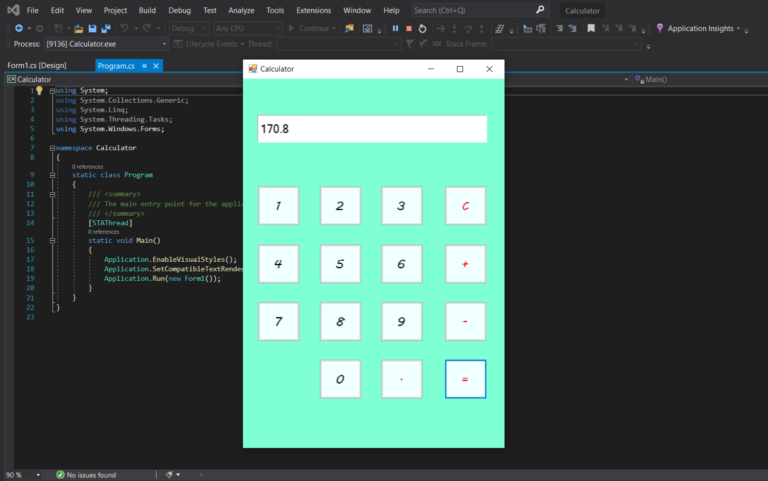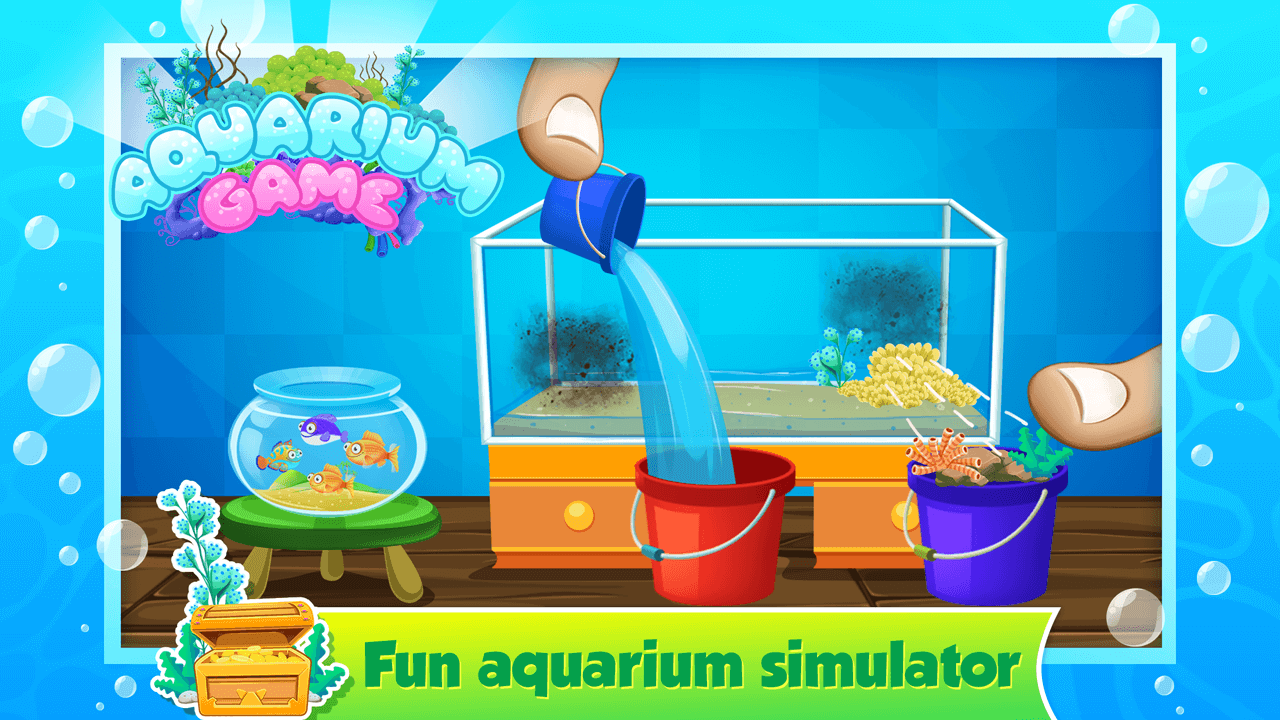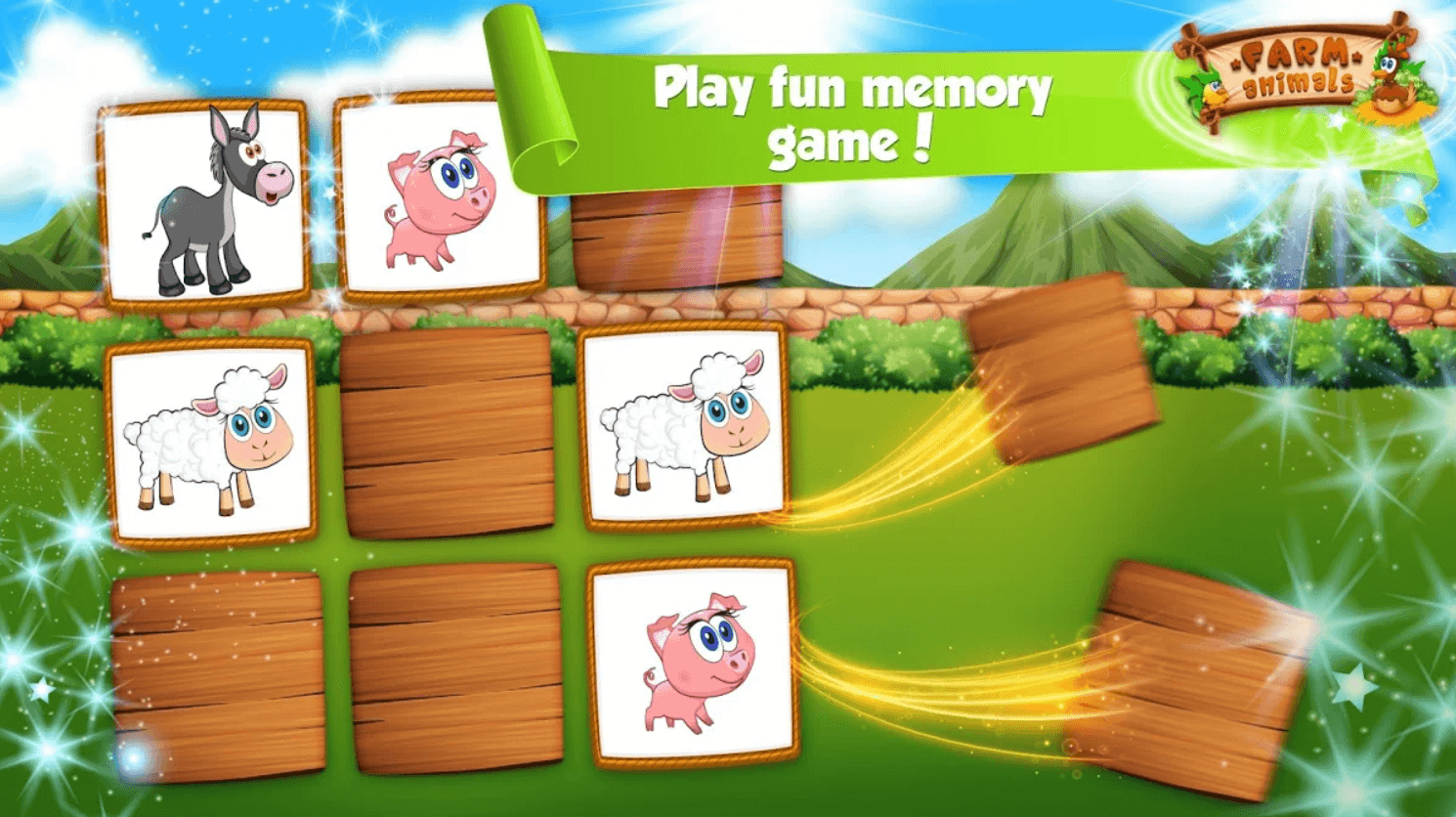
This ID is generated by the Android developer at user registration time. This ID is typically role-based rather than being a personal account. The sender ID is used in the registration process to identify an Android application that is permitted to send messages to the device. This ensures that the messages are targeted at the correct application.ĭ.) SenderId: – It is the same as GoogleAppID. The application that is registering to receive messages. We must have to register our app on google to get this id. It is needed to identify which device the notification has to be sent.ī.) Message: – It contains the notification text.Ĭ.) GoogleAppID: – It is the App Id for the application to be picked for Google project. To send push notifications, we must have access to below required information:Ī.) DeviceId:-This is also known as RegistrationId.

See below picture it describes a pictorial representation of push notification. It also makes sure that you push notifications are delivered securely and reliably. With GCM, Google’s Cloud Connection Server, often referred to as CCS, manages the persistent connections for you.


Google Cloud Messaging is a service that acts as an intermediary between your server and end user’s device. The Google servers involved in taking messages from the third-party application server and sending them to the device. GCM is a free service it can be used to send push notifications to end users. GCM stands for Google Cloud Messaging service. To send push notifications on Android we have to use google GCM. At the point when the client taps the notice, he arrives on the application. On Android gadgets, when a gadget gets a push warning, the sender application’s symbol and a message show up in the status bar. Push notifications are widely used on all mobile devices to share updated information or events while the user is not actively using the application. Push notifications look like SMS text messages and mobile alerts, but they only reach users who have installed the app.Įach mobile platform has support for push notifications - iOS, Android, Fire OS, Windows and BlackBerry all have their own services. App publishers can send them at any point of time. A push notification is a message that pops up on a mobile device.


 0 kommentar(er)
0 kommentar(er)
